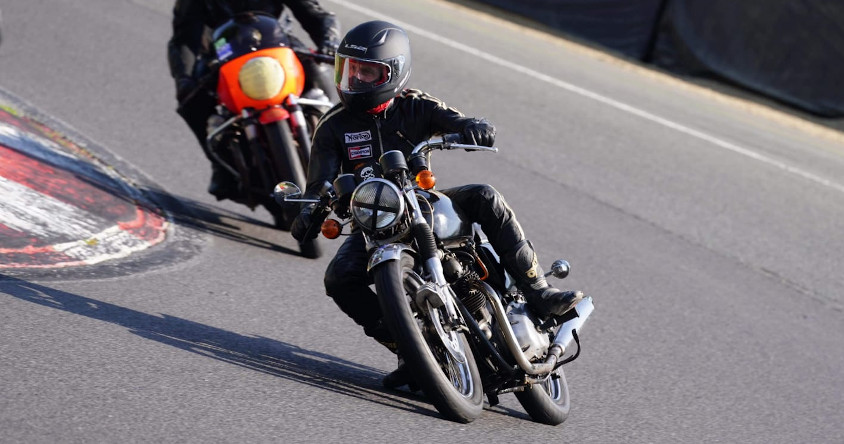Speed Is Of The Essence
We all think we know the speed limits on any given road, but it is actually quite complicated in some cases!
QUIZ!
- You are on a road with four lanes of traffic going in two opposite directions with a central grass verge dividing the pairs of opposite lanes and no street lighting. What kind of road is it and what is the national speed limit for this road?
- You are on a road with four lanes of traffic going in opposite directions with no central division and no street lights. What kind of road is this classified as?
- You are on a road with four lanes of traffic going in two opposite directions with a central grass verge dividing the pairs of lanes, with street lighting. What kind of road is it and what is the national speed limit for this road?
Do you ever find yourself trundling along a nice open road, maybe between green hedgerows or on a wide clear four lane dual carriageway, and kind of wonder what the speed limit actually is on the road you're on? Should you be doing 30 or on a road with two lanes is it 60 or 70?
One of the first things to check is are there any street lights around? If there are lights then you should be doing no more than 30 mph, unless there is a sign specifically saying that you should be doing a different speed. Rule of thumb, stick to 30 for safety's sake here if you are unsure. The Highway code states that the 30mph limit:
usually applies to all traffic on all roads with street lighting unless signs show otherwise.
So if there are no street lights then you should be doing the national speed limit, barring any signage saying otherwise. NSL no street lights – national speed limit, which is shown by a white sign with a slash through it and here is what it actually is...
For a motorcycle or a car:
- Built up areas: 30mph
- Single carriageways: 60mph
- Dual carriageways: 70mph
- Motorways: 70mph
Two's Company - what is a dual carriageway?
Well you might think that if you are on a two lane road with traffic going the same way and two lanes of traffic going the other way, that you are on a dual carriageway. That, unfortunately is not necessarily the case! Just to add to the confusion, if there is no division between the two opposite direction lanes of traffic, like a barrier or grass verge, then, despite appearances, it isn't a dual carriageway but a single carriageway. Clear as mud? They do like to confuse us! If there is a central barrier of any kind then it is indeed a dual carriageway.
Ok so then, now you are up to speed, what are the speed limits? For the single carriageway outside a built up area, regardless if there are two lanes of traffic, it is 60mph, while for the dual carriageway it's 70 mph. Oh well actually not necessarily, if the dual carriageway has street lights then it's actually 30mph!
So if you are on a dual carriageway with street lights, probably in town or the burbs, it's 30, but if you are on a dual carriageway even surrounded by houses but there are no street lights then the dual carriageway speed limit applies – 70 mph.
It actually is quite confusing and it would be really good if there were more road signs to clarify what the speed limit actually is on any given road. However we are all supposed to know from our intensive study and memorising of the whole of the Highway code...maybe a while ago for some of us, just saying...bit of light reading for bedtime!
Oh and if it says 20, common now in built up areas, then just do 20mph!
Quiz Answers:
- A dual carriageway, speed limit 70mph
- A single carriageway, speed limit 60mph
- A dual carriageway with street lights, speed limit 30mph
So how did you fare in the quiz? 100% right of course! And did we get it right? If we didn't or if you know of any anomalous quirky traffic laws let us know, we'd love to hear them for all our edification!
Email us at
[email protected] or drop us a message on
Facebook.
